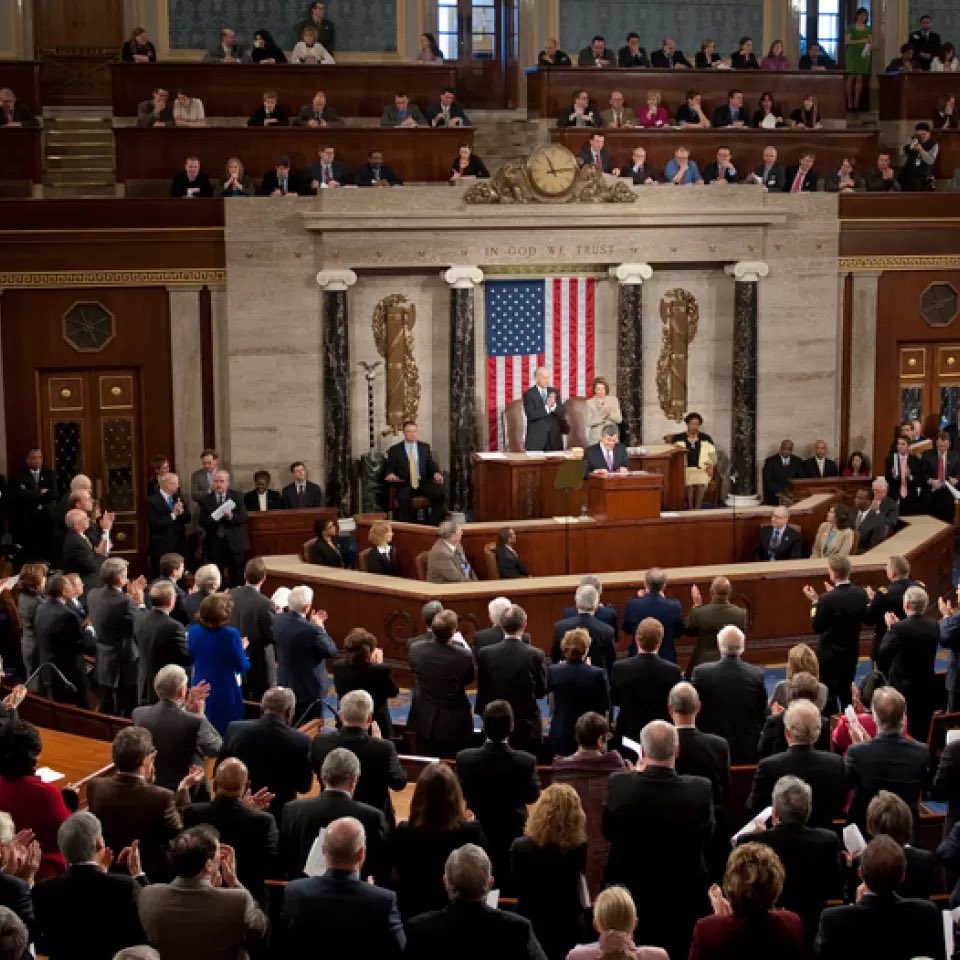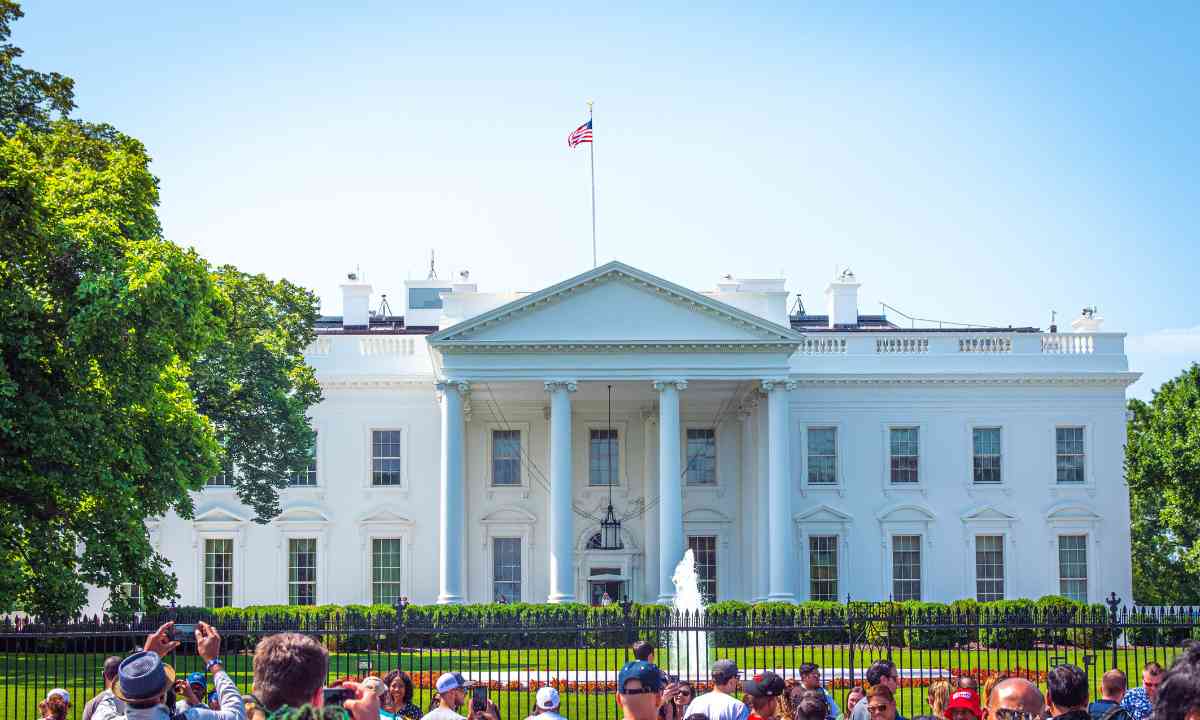A temporary government shutdown is possible on October 1, 2023, if the U.S. Congress does not approve funding for federal agencies by then. This is due to a disagreement between far-right Republicans and other lawmakers over the budget.
Every fiscal year, which concludes on September 30, Congress is required to allocate funding to 438 government agencies. Failure to pass these bills before the start of the new fiscal year would result in these agencies being unable to operate under normal circumstances.
The Congressional Research Service (CRS) has recorded 20 government shutdowns since the 1970s. The most recent one, which lasted for 35 days from December 2018 to January 2019, was also the longest. It was caused by a dispute between the Trump administration and Congress over border security.
Lawmakers frequently use a "continuing resolution" to temporarily extend the current funding levels for agencies, providing additional time for negotiations to take place.

According to Goldman Sachs, a government shutdown would directly reduce GDP growth by around 0.15 percentage points for each week it lasts. However, the growth would rebound by the same amount after the shutdown is resolved.
The Congressional Budget Office (CBO) estimated that the 2018-2019 government shutdown cost the economy about $3 billion, which is equal to 0.02% of GDP.
If a resolution is not reached, hundreds of thousands of federal employees could face furloughs without pay, leading to potential disruptions in various services, including passport applications and national park trash pickup. Essential workers would still be required to work but would not receive their pay. Services such as mail delivery, tax collection, and U.S. debt payments, however, would continue unaffected.
© Copyright 2023. All Rights Reserved Powered by Vygr Media.

























